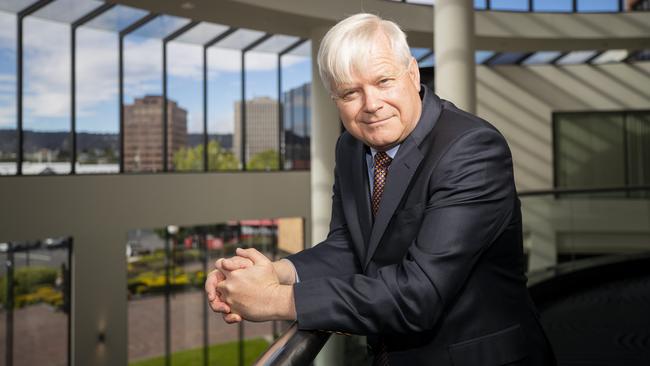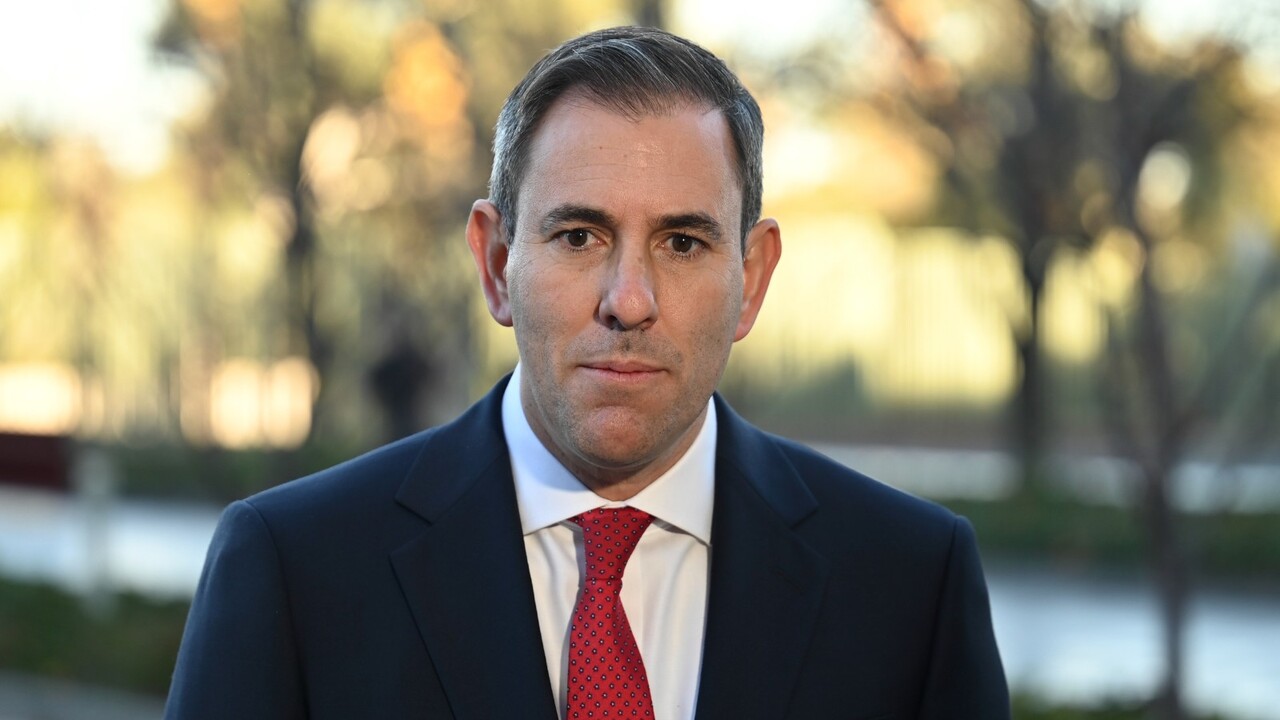
This week’s disastrous September quarter accounts confirm we’re experiencing full-employment stagflation, with living standards falling and the economy becoming less, not more, productive (suggesting even recent employment gains will not be sustained).
Alarming as this snapshot is, our future fiscal and economic prospects look no better. In recent weeks, two reports have sounded the alarm about the federal government’s deteriorating finances. While these are worthwhile contributions, they don’t begin to describe the true mess we are in.
In its latest budget monitor, Deloitte Access Economics predicts that Canberra will post a $33.5bn fiscal deficit this year, some $5bn more than Treasury forecast only a few months ago.
Only days later, economist Chris Richardson pointed out that since its election, the Albanese government had weakened the budget by $60bn. He thinks Canberra could rack up $132bn in deficits to 2027-28, compared to the budget’s estimate of $112.8bn. Deloitte reaches the same conclusion.
So why do I suggest our medium-term fiscal position is far worse than both Deloitte and Richardson suggest?

First, the federal government’s spending projections – which they use as a baseline for their estimates – are completely unrealistic.
These assume the NDIS’s price tag will in future grow by only 8 per cent each year, rather than the 14 per cent we have seen recently. Yes, the government has cracked down on some abuses, but this scheme’s fatal design flaws remain in place – it is not means-tested, no co-payments are required from beneficiaries and its scope is constantly being broadened.
If you look at aged care, defence and other major budgetary outlays, similarly heroic assumptions can be found. And let’s not forget that Anthony Albanese is likely to announce a commitment to ‘‘free’’ universal childcare in the coming election campaign – another potential fiscal time bomb.
The second reason to worry is that our current taxation arrangements are politically unsustainable – and indeed, close to breaking point. As we know, Australians are paying more tax (as a percentage of GDP) than they ever have before, but this is barely the tip of the iceberg. We rely more on income tax than almost every other OECD country.
As our community continues to age, the burden carried by our shrinking (in relative terms) working age population will grow further. Even worse, as a result of decades of bracket creep, a large and growing group of middle class Australians find themselves paying our top marginal income tax rate (45 per cent).
In 2010-11, fewer than 2.5 per cent of Australian taxpayers fell into this category, accounting for a little over 25 per cent of the overall income tax take.
By 2021-22, 5 per cent of taxpayers did – close to 800,000 people – paying 40 per cent of all income tax. Yes, 40 per cent.
The government’s Stage Three tax cuts do not come close to compensating taxpayers for this form of theft, which in any case has resumed in earnest – with the approval of both major parties, I might add. While taxpayers are not yet in open revolt, at some point they will be.
A third fiscal vulnerability is the likelihood of future national crises. Recall that when the Rudd government was elected in 2007, the federal government had no net debt.
As a direct result of our panicked and overcooked responses to the 2008 Global Financial Crisis and 2020-21 pandemic – both masterminded by Keynesians in treasury – we have a net debt of 20 per cent of GDP, or over half a trillion dollars.
If we are hit by two similar shocks over the next 10-15 years, our net debt – judging by Canberra’s responses to recent crises – could easily reach 50 per cent of GDP. Remember, this figure does not take into account the likely spending blowouts I outlined earlier.
How do we avoid this looming budget crisis? To answer the question, we need to focus on a metric that most economic commentators – including Deloitte and Richardson – ignore: the size of government.
Governments facing future bankruptcy have two options. They can capitulate to mounting spending pressures and instead ask the nation’s taxpayers – or international creditors – to dig even deeper into their pockets. In other words, to “feed the beast”. This is what got Greece and Argentina into trouble.
The alternative is to look to spending reductions to do the heavy fiscal lifting, allowing tax burdens to be lowered, while at the same time strengthening the nation’s fiscal position. In other words, to ‘‘starve the beast’’.

This was the approach championed by the Hawke-Keating and Howard-Costello governments at their best. They recognised this was the only way to unlock the potential of the community’s wealth creators – those with aspiration, ambition and capital to invest – and in doing so foster a more productive, dynamic and faster-growing economy. A less inflation-prone economy. And one able to fund essential public services without heavy taxation or huge deficits.
It was a supply-side growth model, adapted from Margaret Thatcher and Ronald Reagan, but with Australian characteristics. It was a repudiation of the demand-obsessed Keynesianism which had given us the stagflation in the 1970s.
This week’s national accounts represented a paradox to many.
We have a low-growth economy that is, at the same time, overheating. We have a Treasurer telling us that government spending is keeping us out of recession, and a Reserve Bank governor telling us that that same spending is fuelling inflation. Both propositions are true because, as a direct result of the Albanese government’s policies, we are witnessing a massive transfer of resources from those who create wealth in the private sector to those who consume it in the public sector. This is its fiscal strategy in a nutshell. It is “feeding the beast”.
At the same time, our wealth creators have been hit with productivity-destroying energy and industrial relations laws. This is why we are in a full-employment recession. Demand is weak, but supply is even weaker, leaving our policy makers with no pain-free options.
The Albanese government’s reflexive response to its predicament will be more spending, higher taxes and more regulation: a recipe that will not only prolong our current crisis but, if not soon reversed, could result in a lost economic decade.
David Pearl is a former Treasury assistant secretary.






